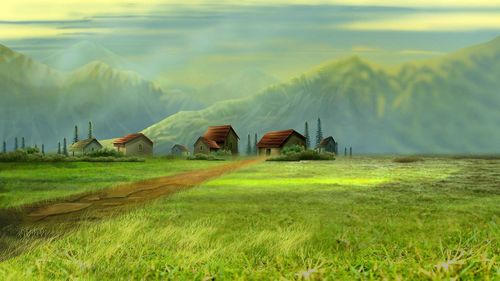Traditional dances are a part of cultural heritage that have been practiced for centuries across the world. They are a way to express emotions and tell stories through rhythmic movements and music. Let’s take a deeper look into the history of traditional dances.
The oldest known dance form is belly dance, which dates back to ancient Egypt and was practiced by both men and women. It was believed to have healing powers and was often performed at social gatherings.
In Celtic culture, the ceilidh was a popular traditional dance that was performed during weddings and other celebrations. It involved group dances with complex steps and formations.
The tango originated in the late 19th century in Argentina and Uruguay and quickly became a symbol of their cultural identity. It was born out of the fusion of European and African dance styles and was initially shunned by the upper classes before gaining popularity globally.
In India, classical dances such as Bharatanatyam, Kathak, and Odissi have a long history dating back to ancient Sanskrit texts. These dances tell stories of gods and goddesses and are performed with intricate hand gestures and facial expressions.
In many African cultures, dance was an integral part of traditional religious practices. The dances were performed to communicate with ancestors or to appease gods and were characterized by energetic movements and drumming.
Overall, traditional dances are a reflection of a culture’s values and history and serve to preserve them for future generations. By embracing and celebrating these dance forms, we honor our ancestors and deepen our understanding of our cultural heritage.
(Note: Do you have knowledge or insights to share? Unlock new opportunities and expand your reach by joining our authors team. Click Registration to join us and share your expertise with our readers.)
Speech tips:
Please note that any statements involving politics will not be approved.
